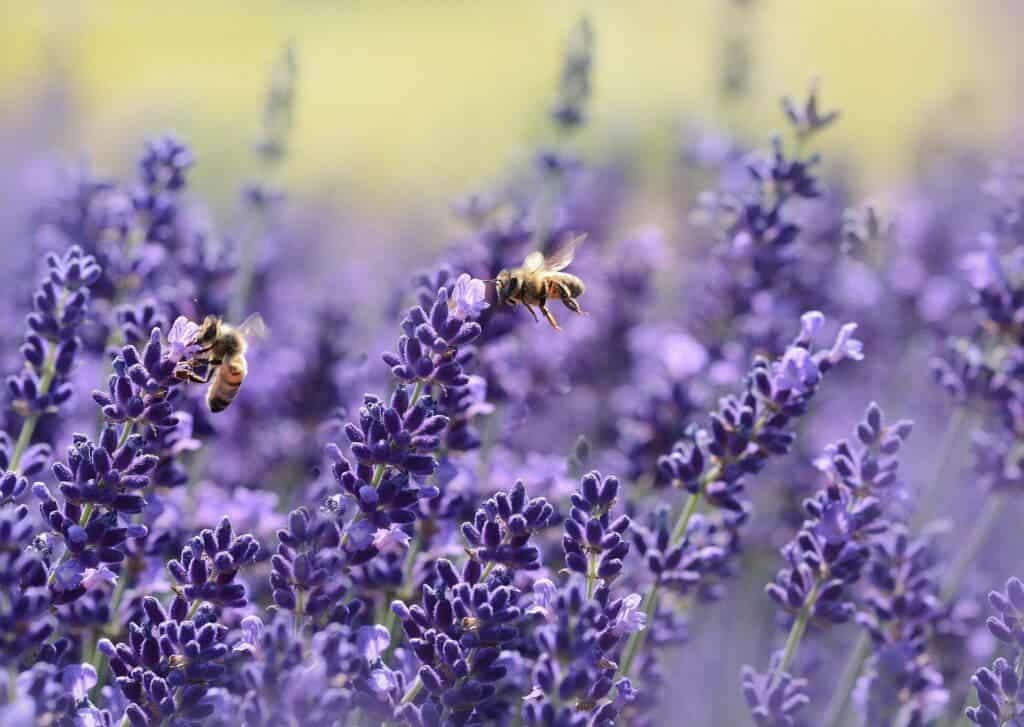We know climate change is threatening the pollinators and crops that feed us, but a new study shines light on yet another of its unwanted effects.

Plants and pollinators are progressively decoupling their life cycles, the authors find, which can lead to massive issues for flowering plants. This decoupling stems from climate change, as average temperatures and snowmelt impacts when plants and beers emerge.
Timing troubles
“We analyzed time-series abundance data collected at 18 sites around the Rocky Mountain Biological Laboratory (RMBL) in the Elk Mountains of western Colorado during a nine-year, National Science Foundation-funded bee monitoring project,” says lead author Michael Stemkovski, a doctoral student at the Utah State University Department of Biology.
“We find bee emergence timing is advancing with snowmelt timing, but bee phenology — timing of emergence, peak abundance, and senescence — is less sensitive than flower phenology,” adds Rebecca Irwin, a professor of applied ecology at of North Carolina State University and senior author of the paper.
The team assessed 67 bee species in the Colorado Rockies using data collected over a 9-year period, finding a “phenological mismatch” between their life cycles and those of flowering plants, driven mostly by changes in temperature patterns. This has the potential to disrupt the relationship formed between pollinators and flowering plants, who have come to depend on one another.
Previous research has looked into the effect of temperature on this relationship, as did the current study. However, the team also looked at how topography and the different traits of various bee species mix into the issue, as well. While species characteristics definitely did play an important part in shaping this relationship, as did elevation, snowmelt timing remained “the most important factor”, they argue.
The issue here is that the lifecycles of bees seem to shift more slowly than those of the plants they pollinate and feed off of. In time, this mismatch could lead to very serious disruptions, as flowers mature before bees are ready to ‘wake up’ from overwintering.
It shouldn’t be that big of an issue by itself, the team argues, because species can shift and adapt to new conditions relatively well. The potential problem here is that, unless we address the root cause of climate change — greenhouse gas emissions — we’ll be placing too much strain on this relationship too fast. Eventually, it can break down altogether.
“In the short-term, we expect mutualist species to suffer fitness losses,” Stemkovski says. “In the long-term, bees and plants may be able to adapt and reestablish some synchrony, unless climate change outpaces the rate of adaptation.”
Pollinators have received a lot of attention lately, because they are vital for our lives as we know them — but they’re also struggling really hard due to human activity. This paper comes as the latest in a long line of warning calls that, unless we change our ways quickly, they will be changed for us, and we won’t like the outcome.
“Given global concerns about pollinator declines, the research provides important insight into the potential for reduced synchrony between flowers and their pollinators under climate change,” Irwin concludes.
The paper “Bee phenology is predicted by climatic variation and functional traits” has been published in the journal Ecology Letters.









